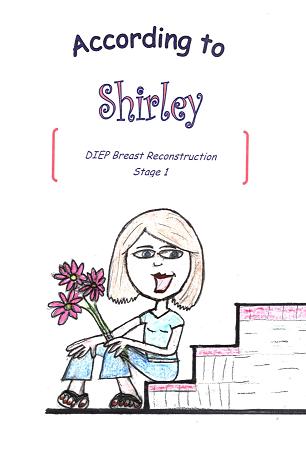 The below questions are answered by Dr. Richard M. Kline, Jr. of The Center for Natural Breast Reconstruction.
The below questions are answered by Dr. Richard M. Kline, Jr. of The Center for Natural Breast Reconstruction.
Can I have a breast reconstruction two years after the lumpectomy and radiation?
Absolutely! While reconstruction with implants after radiation (even if lumpectomy and not a whole mastectomy were performed) can often be problematic (if not impossible), the chance of getting a successful reconstruction using your own tissue is very high. In the simplest scenario, it is usually possible to use tissue from the abdomen or buttocks to simply “replace” the breast tissue lost from lumpectomy and radiation.
Alternatively, sometimes a better result can be obtained if the lumpectomy is converted to a mastectomy prior to reconstruction. Finally, if the survivor is in a high-risk group for developing another breast cancer, she may wish to consider whether bilateral mastectomy is advisable prior to reconstruction. Usually reconstructing a lumpectomy defect will require only one side of the abdomen, so if the other side is not needed for reconstruction, it will be removed for symmetry and discarded.
What tips do you share with your patients for them to achieve the very best results from breast reconstruction?
1. Have a positive attitude! Patients who are excited about their reconstruction frequently do very well and tolerate any “bumps in the road” much better.
2. Education. Try to become very familiar with your desired type of reconstruction, both through reading and discussing it with patients who have been through it already. Knowing what to expect allays fears and makes everything easier.
3. If time permits, maximize your body’s fitness through diet and exercise, to the extent that you are comfortable doing so.
—Richard M. Kline Jr., M.D.
Loved this post? Share it with your Twitter followers!










